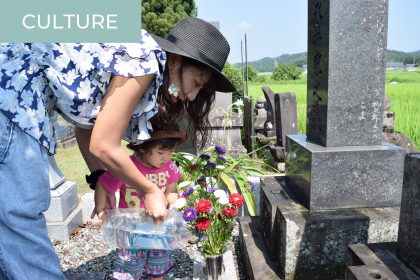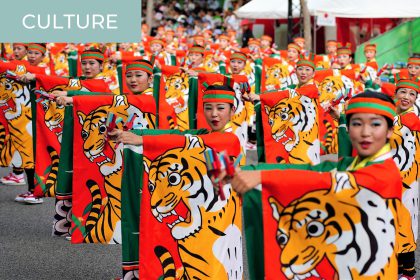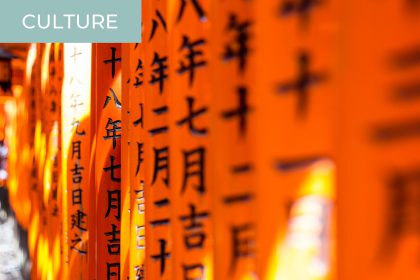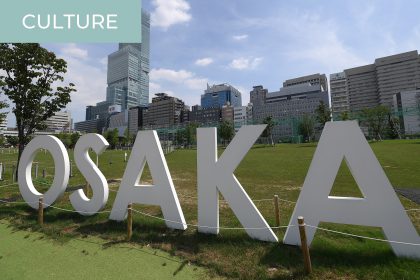Keigo—perhaps nothing strikes more fear in learners of Japanese than this intricate system of formality. It requires a mind shift to adjust to, but once you have the ropes, with enough practice, you too can become a keigo master. If you need a refresher, keigo is an honorific speech in Japanese. It can be divided…
Rogai: When the Elderly Give Headaches to Japanese Society
After my article about the Japanese generation Z, this time, I would like to write about a phenomenon that concerns the Japanese elderly: rogai. This Japanese word applies to elderly people who create trouble in their surroundings. However, as often in Japanese culture, it has several levels of meaning. The Original Meaning of Rogai In…
The 3 Best Japanese Podcasts to Advance Your Translation Skills
Quick! How do you say…? Translation can make your head spin, especially when pairing two languages like English and Japanese that are from completely separate linguistic families. However, just because it takes effort doesn’t mean the art of translation can’t be fun! Podcasts are a fantastic resource for language learning, accessible to anyone with a…
Ohigan, a Japanese Buddhist Holiday
Maybe you are already familiar with obon, a Japanese holiday during which people pay their respects to their family’s graves. But did you know that they also visit graves on two other days of the year? That celebration is called ohigan. Ohigan Is a Period for Remembrance Ohigan is celebrated twice a year on the…
What Is the Story behind Japan’s Yellow Brick Roads?
Maybe you have landed on this page because, like many of my friends visiting Japan, you are wondering, “What are these yellow blocks on the sides of Japanese roads?” Or maybe you are wondering who invented them. These yellow blocks are made to help people with visual impairments to navigate the public space. They are…
Yosakoi, A Japanese Dance For All
Have you ever heard of yosakoi? It is a Japanese dance performed in festivals all around Japan and in many other countries too. How did this dance originating from Kochi Prefecture (Shikoku island) manage to spread so far? The answer lies in its welcoming spirit and easy principles. On July 4, I was invited to…
Breaking Down (Over) Kanji Part 2: Two Popular Ways to Achieve Japanese Literacy
In the first part of this series, I outlined what it takes to become literate in Japanese, and like a mid-trilogy Hollywood movie, I ended up on a down note laced with a glimpse of hope. Although there are endless permutations of 2,136 joyo kanji characters to memorize before you can achieve Japanese literacy, there…
Breaking Down (Over) Kanji Part 1: The Challenges of Reading Japanese
For upper-intermediate Japanese learners, successfully reading blog posts, newspapers, and magazine articles can feel like winning what I call the “kanji lottery.” Daily communications such as text messages and e-mails are second nature, as they contain commonly used kanji characters that have been drilled into our brains through years of practice and use. However, trying…
The Japanese Generation Z
These last two years, I have come across many articles about the generational gaps between the baby boomers, the millennials, and generation Z. This has made me wonder how the Japanese generation Z is perceived by older generations and what changes they are bringing to society. Here is what I have found. A Different Work-Life Balance…
The Basics of Kansai-Ben
The Japanese learned in school, in books, or other materials is what the Japanese call hyoujungo, or standard Japanese. Each region of Japan actually has its own dialect, hougen in Japanese, which still exists today more or less strongly depending on the areas and the generations. Kansai-ben is the most famous hougen. Spoken in the…










